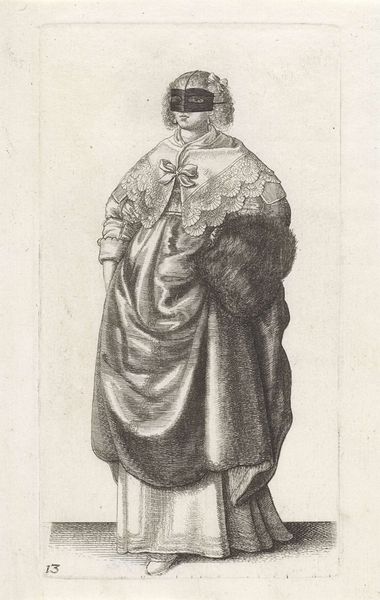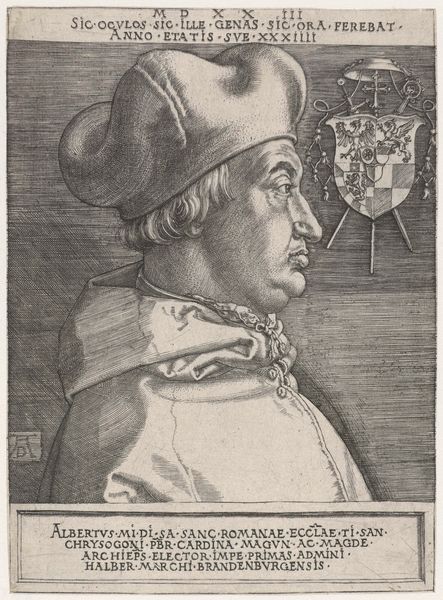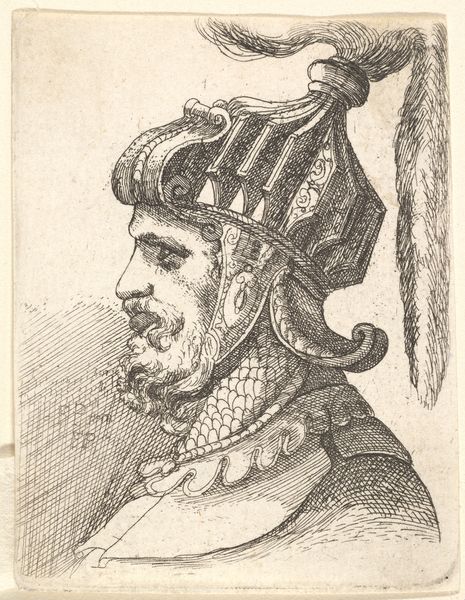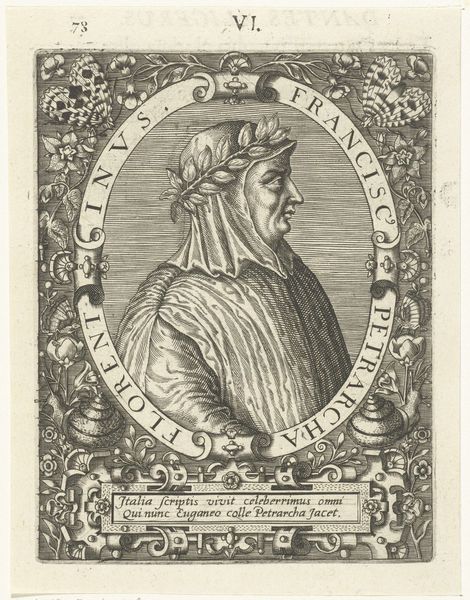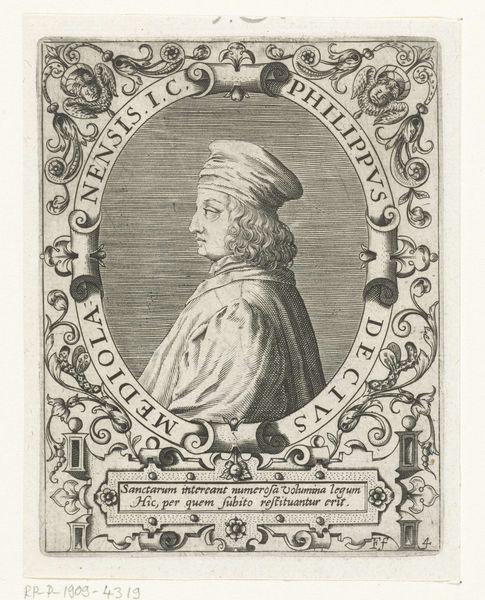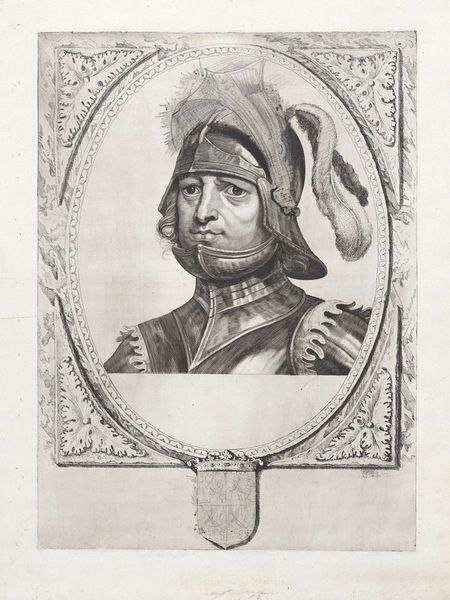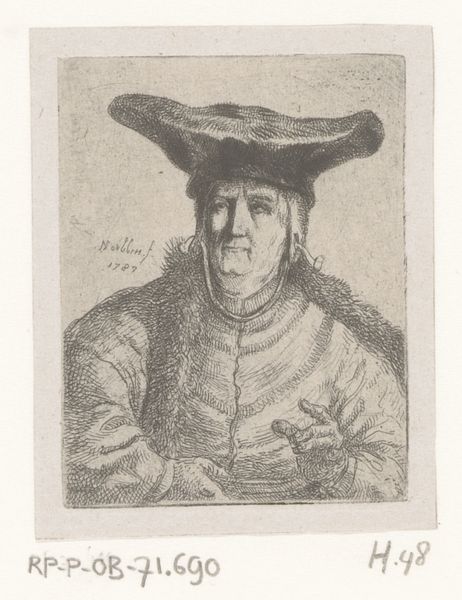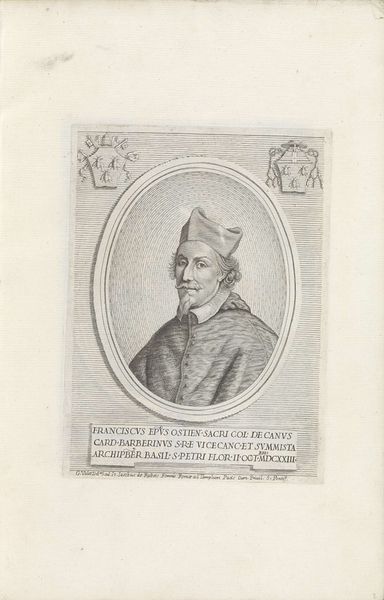
print, engraving
#
portrait
#
baroque
# print
#
caricature
#
old engraving style
#
engraving
Dimensions: height 141 mm, width 112 mm
Copyright: Rijks Museum: Open Domain
Romeyn de Hooghe created this print of Maximiliaan Hendrik van Beieren as an ass, sometime between 1645 and 1708. The image, now in the Rijksmuseum, satirizes the Archbishop-Elector of Cologne by depicting him with the head of a donkey. De Hooghe was a key figure in the Dutch Golden Age, well known for his engravings and political allegories. This print reflects the period's intense political climate, particularly regarding religious and political authority. The choice of an ass symbolizes foolishness and stubbornness, a harsh critique of a high-ranking cleric. The surrounding Dutch text further amplifies the satire, questioning the Elector's choices and loyalty. Prints like this played a crucial role in shaping public opinion during the period. Understanding this work involves exploring the religious tensions and the role of the Church in Dutch society at the time. Resources like period pamphlets and political cartoons, alongside historical accounts, offer deeper insights into the print’s meaning. The enduring power of art lies in its connection to the social and institutional contexts that shape it.
Comments
No comments
Be the first to comment and join the conversation on the ultimate creative platform.


